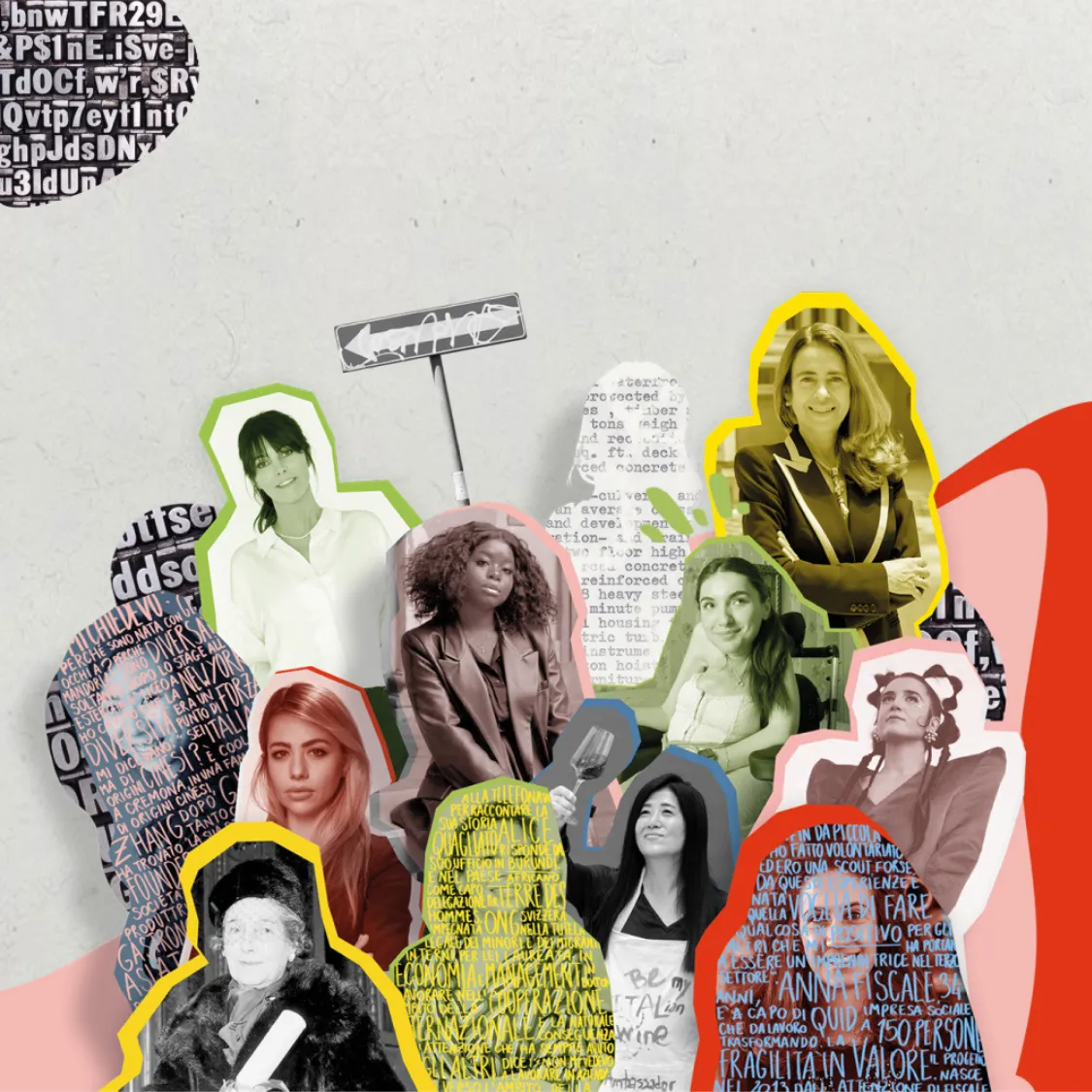
Clearing the Dust with Innovation
“I like to bring innovation to worlds that are a bit dusty.” From the world of media to the world of work, always driven by the desire to bring new ideas to traditional sectors. Virginia Stagni, who earned her undergrad degree from Bocconi University and her Master’s in Media & Communications from the London School of Economics, is currently the head of Adecco’s Marketing and Communications Department. At 30, she’s the youngest manager in Italy, and before that, the youngest manager in the 130-year history of the Financial Times.
Her return to Italy is the latest stage in a journey that has taken her from Bologna to Milan and then to London. She says: “After a classical high school education, I chose Bocconi because at CLEACC [Economics and Management for Arts, Culture and Communication] I could follow a hybrid path, combining the analytical-managerial side with a more creative side. A quality that I’ve looked for in all my subsequent jobs.” Her creative and entrepreneurial spirit emerged at university: at Bocconi, Stagni founded a start-up newspaper. “The idea was to get financial experts to write to students about cultural topics: from music to art. At the end of the project there were about eighty people involved.” That idea, promoting culture through financial knowledge taking a managerial perspective, became central to Stagni, who developed a keen interest in media economics as a student. Then her master’s degree in London allowed her to specialize further, so much so that she wanted to focus her final thesis on media economics.
“I contacted several newspapers, including the FT. I remember writing to the chief commercial officer via Linkedin for an interview; he told me to look on the FT website to see what jobs were available. I applied for several posts, had several interviews and after five I joined an FT start-up as a program coordinator.” This foot in the door, thanks to an innovative but small environment, helped Stagni get noticed. But after the early days of organizing various management courses under the FT brand, Stagni kept asking herself: “How can we make newspapers more engaging for young people?” After a year of experience and observation, she realized the key role that universities played in terms of innovation in business. So she created and headed the FT Talent Challenge, an innovation hub that attracts hundreds of young people, focusing on future readers. At the same time, she was an adviser to FT Strategies, the consultancy company she co-founded with the data department. In 2021, she appeared on the Forbes Italy Under 30 and Fortune Under 40 lists.
“It is never easy to innovate, you have to contend with traditional, engrained models and colleagues who have been used to working in a certain way for years.” But the numbers and data help. “When you start to deliver results, people start to understand your vision. And it is crucial for a leader to be able to get the team onboard,” she adds. Today, Stagni is revolutionizing employment dynamics in Italy. But the challenge is daunting: balancing the needs of employees, companies and institutions, with a mix of connections and clashes between generations and skill-sets (and not only digital). “I said to myself: Why not try? ‘Difficult’ doesn’t mean ‘impossible.’”
